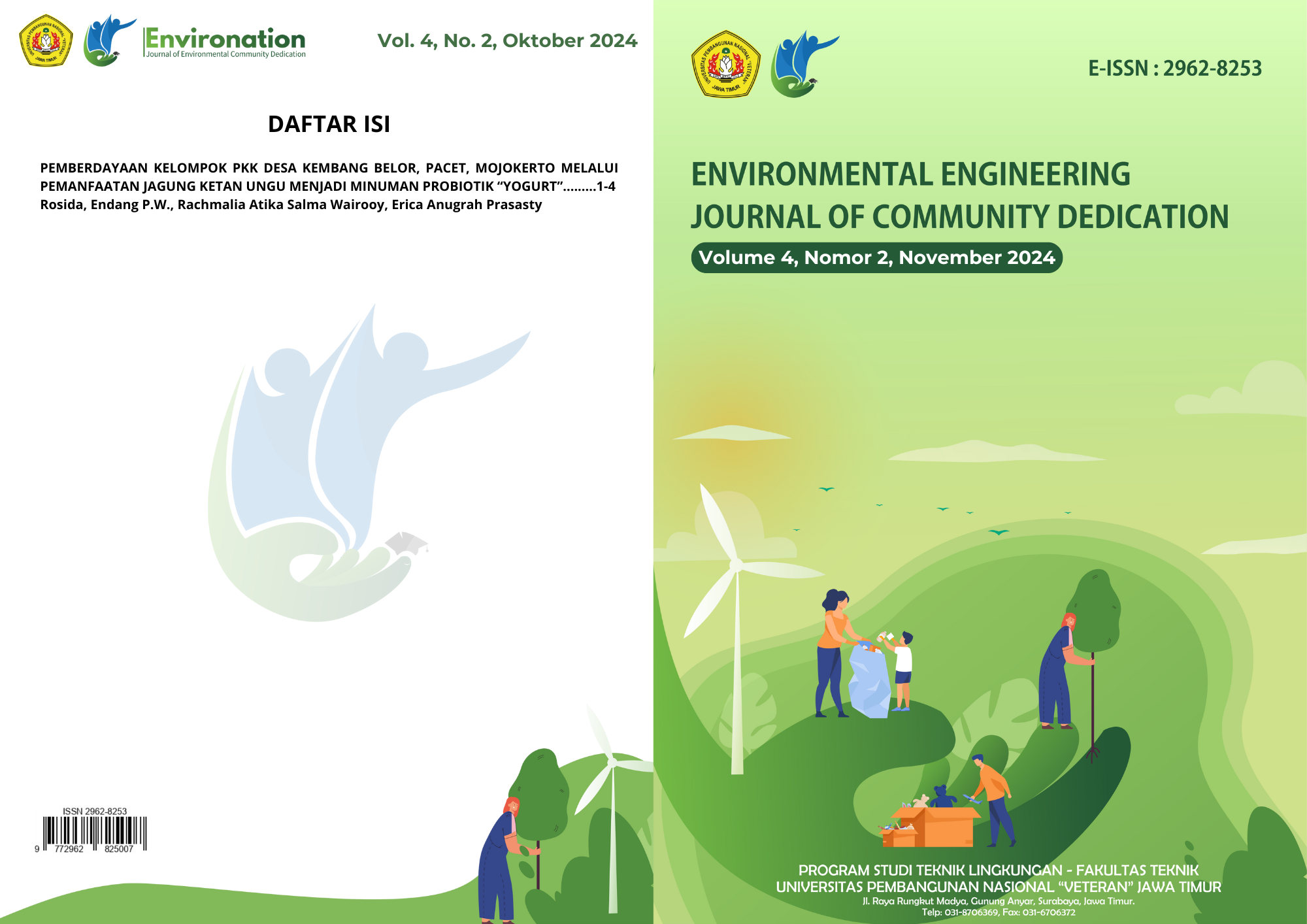MAPPING AGRICULTURAL AREAS IN GLAGAH DISTRICT TO DETERMINE THE AMOUNT OF GRAIN PRODUCTION (RICE HUSKS)
Abstract
Area mapping is used to find out the potential that can be explored in an area. Geographically, Glagah District is located in the area of Lamongan Regency which is located in the northern hemisphere, approximately 15 Km from the capital of Lamongan district, located at coordinates between 06° 53' 30.81'' – 7° 23'6'' South Latitude and 112° 17' 01.22'' – 112° 33'12''. Glagah District has an area of 3,888 ha of agricultural land and makes agricultural products in this area quite large. Grain production in Glagah sub-district was 29,104 tons and 18,623.29 tons of rice production in 2019. The large amount of grain obtained makes the potential for processing rice husk waste a thing that needs to be considered. One way to process rice husks is by converting rice husks into burnt charcoal, considering that the silica content in rice husk ash is quite large at 87-97% of dry weight. This method is fairly easy to do and burnt husk charcoal can be used for organic fertilizer that is beneficial for plants.











